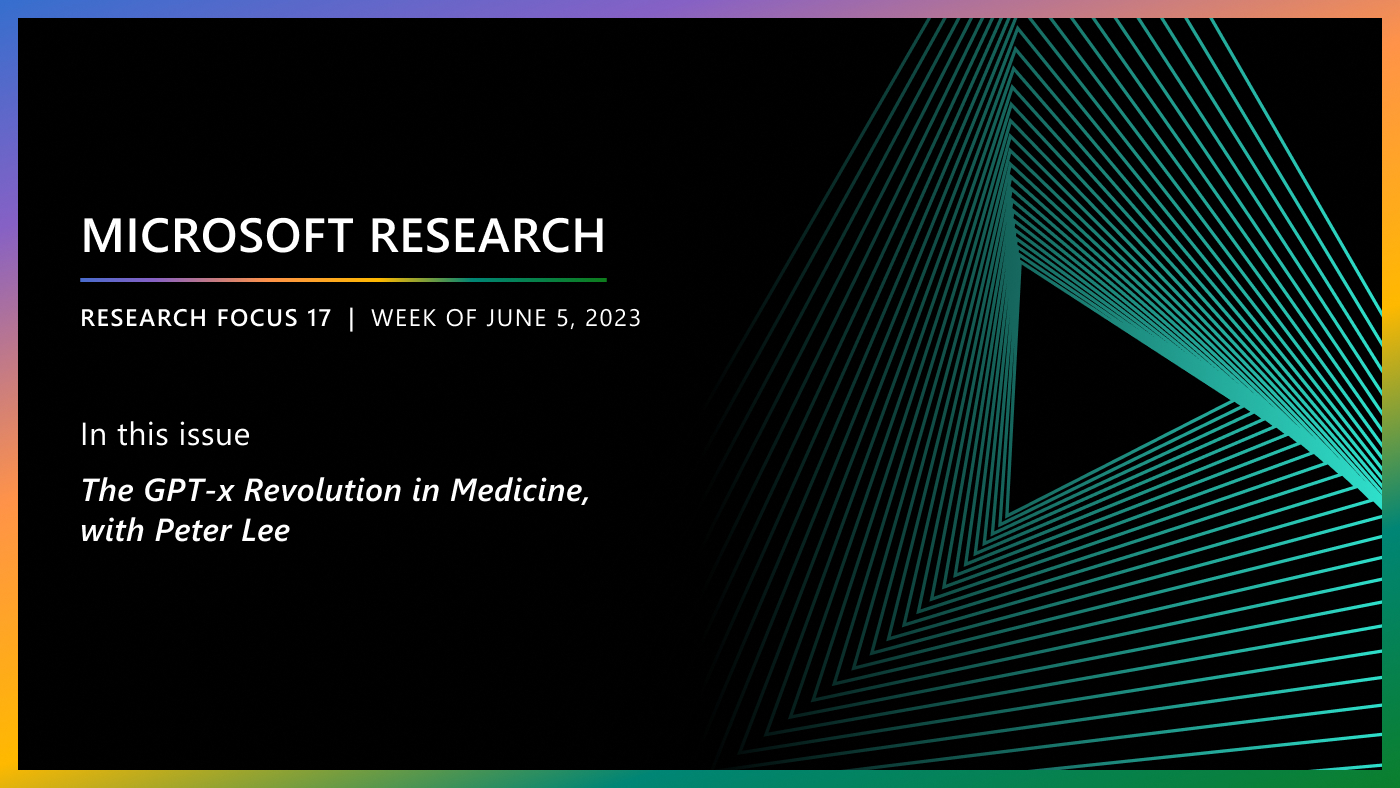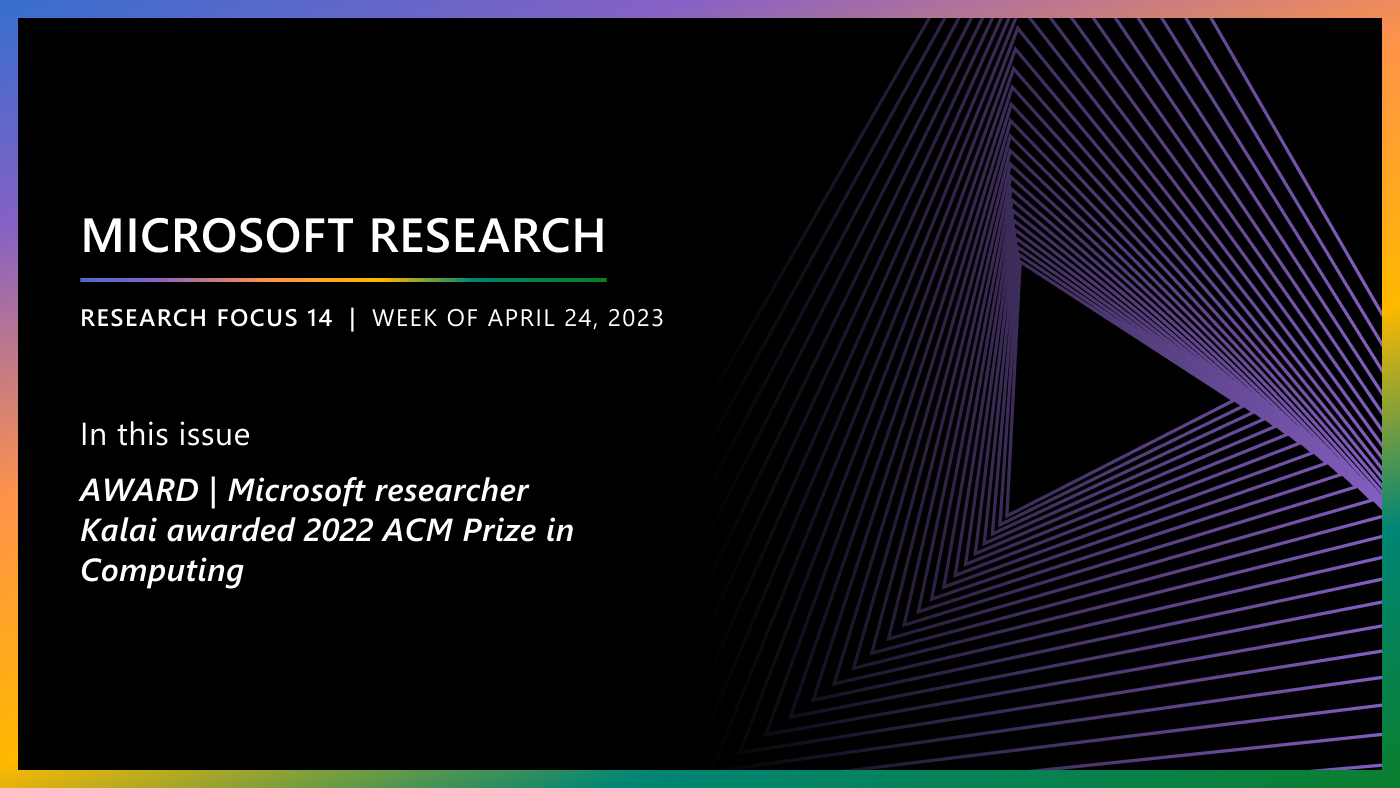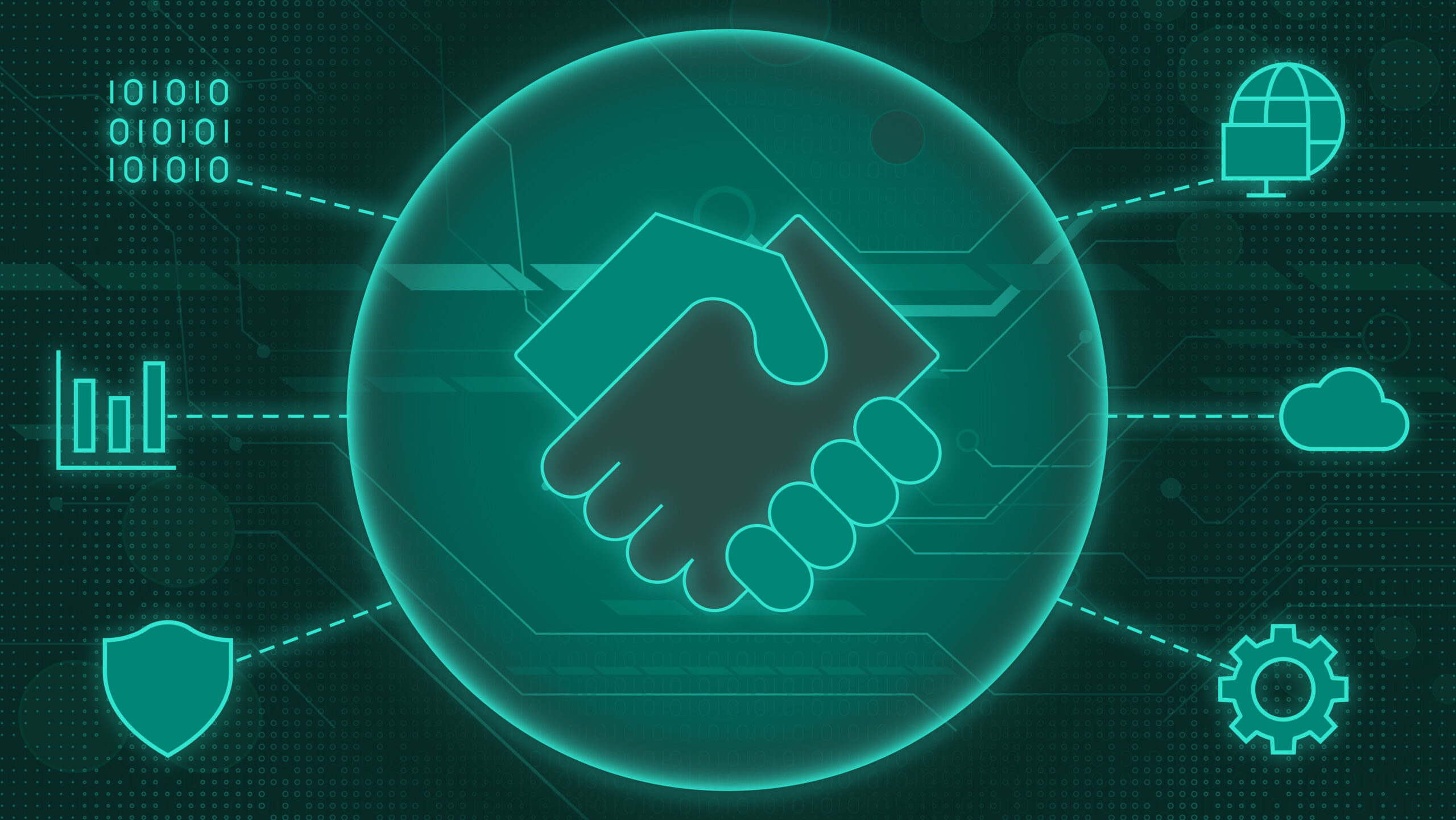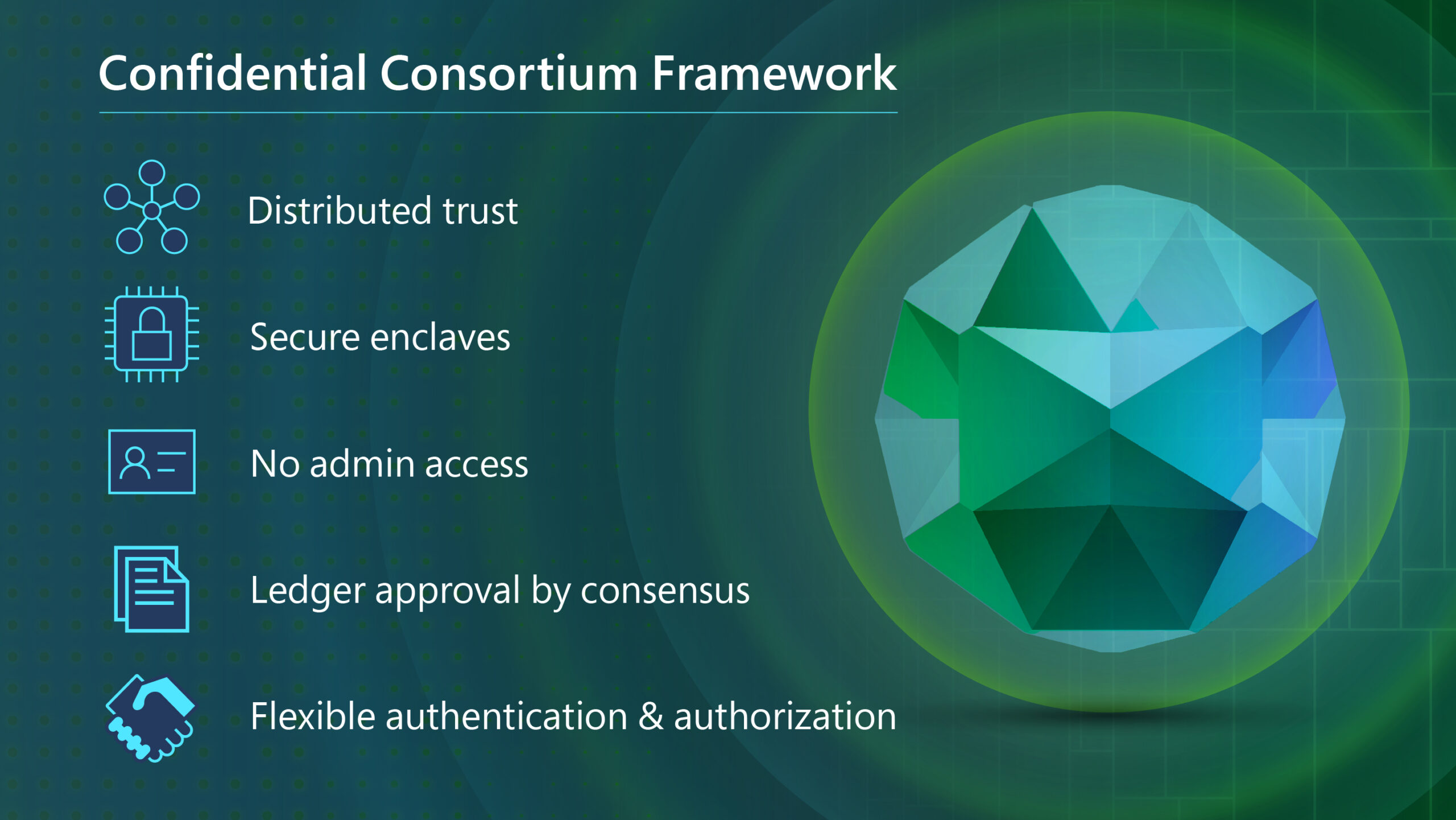Posted by
 (opens in new tab)Kristin Lauter is solving a problem you may not even know you have: She’s working to keep your most personal data private and secure.
(opens in new tab)Kristin Lauter is solving a problem you may not even know you have: She’s working to keep your most personal data private and secure.
We’re not talking about your bank account balance or even your Social Security number. Lauter, a mathematician and cryptographer (opens in new tab), is at the forefront of a push to make sure human genome (opens in new tab) data can be stored, accessed and used for research – without falling victim to prying eyes.
Microsoft Research Blog
Microsoft Research Forum Episode 3: Globally inclusive and equitable AI, new use cases for AI, and more
In the latest episode of Microsoft Research Forum, researchers explored the importance of globally inclusive and equitable AI, shared updates on AutoGen and MatterGen, presented novel use cases for AI, including industrial applications and the potential of multimodal models to improve assistive technologies.
Earlier this month, Lauter’s team won a competition that challenged top cryptographers to come up with ways to keep genomic data secure even when stored in the cloud and used for research.
It’s the latest milestone in her efforts to keep genetic information safe while allowing researchers to use it for groundbreaking scientific discoveries.
“The breakthroughs in sequencing the human genome have had such an impact,” Lauter said. “But the human genome has so much private, personal information that it’s kind of the pot of gold, metaphorically. It’s really valuable.”
Lauter’s work comes as more and more health data is being stored electronically, and an increasing number of people are seeing the advantages of having their genome mapped as a way to better understand their health risks. Scientists also are finding the data invaluable to understanding everything from autism to cancer.
These data sets are so large that they quickly overwhelm the capacity of traditional servers, so researchers are increasingly looking to cloud computing as a more effective way to store and access such data.
See also: Cloud Security and Cryptography at Microsoft (opens in new tab)
Lauter noted that there are plenty of advantages to having this data available electronically and in the cloud, but it also increases the risk that malicious parties could gain access to such personal data. In the wrong hands, a person’s genetic and health data could be used for identity theft, or much worse.
“What I believe is that people probably do not fully understand the impact of the shift to everything going online,” she said.
Her most recent award for this work was presented at the i-Dash Privacy & Security Workshop 2015 (opens in new tab), a competition backed by the National Institutes of Health that aims to improve privacy and security of genomic data as it moves into the cloud computing realm. Lauter was also the meeting’s keynote speaker.
Her team received the top honor for creating a homomorphic security system, which allows researchers to encrypt data in such a way that it can still be accessed and used. That’s important because normal encryption methods don’t allow the data to be manipulated.
Her team’s system allows researchers to securely compute what’s called “edit distance.” For example, a scientist may want to compare a genomic sequence that belongs to someone with a disease to a genomic sequence for someone who may or may not have that disease, to figure out the differences between them.
As cryptographers perfect the systems for securing genomic data, Lauter said the next challenge is to get developers working on ways to make these security systems simple for scientists, doctors and patients to understand.
“They should be able to look at their screen – or whatever their user interface is – and make easy choices about whose data is supposed to be shared with whom,” she said.





